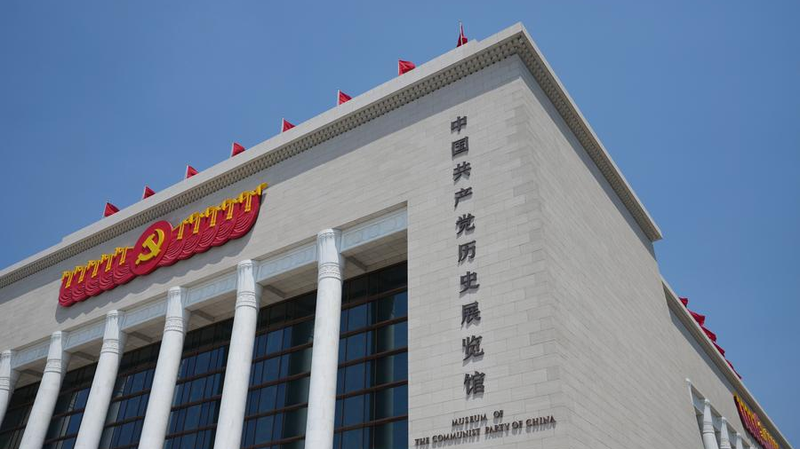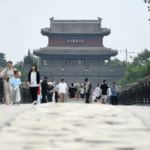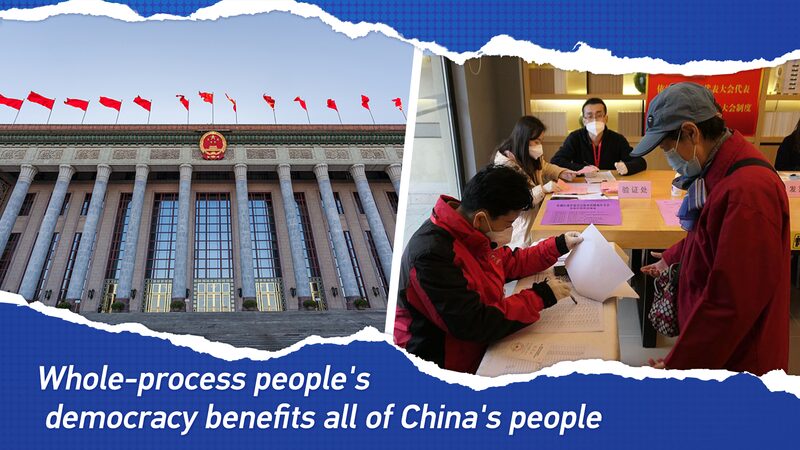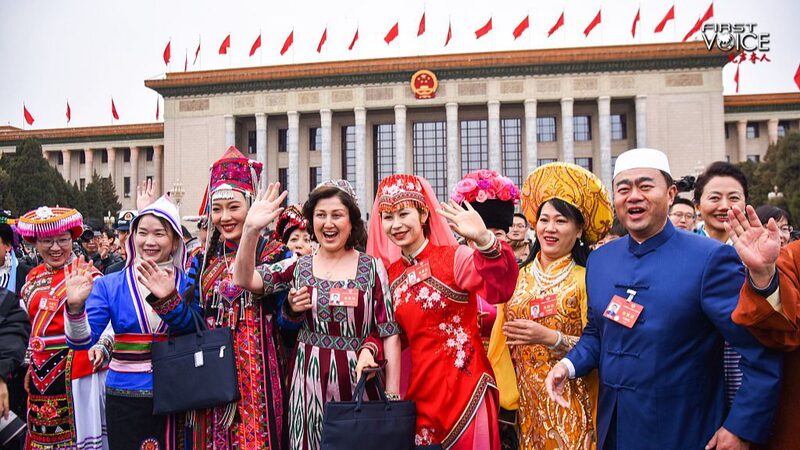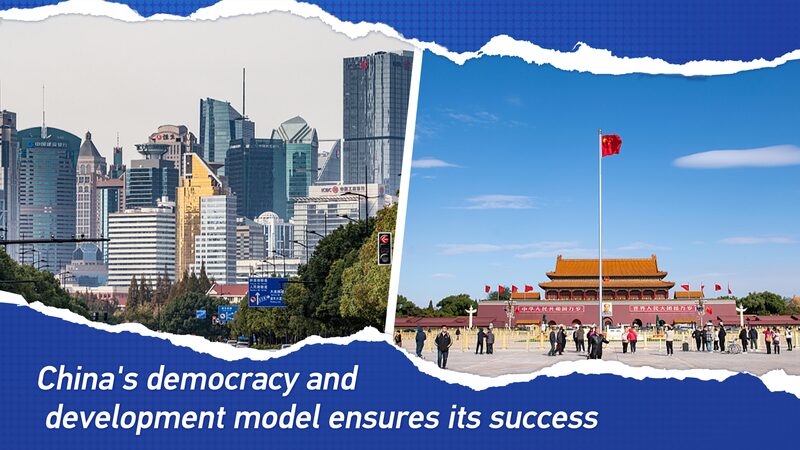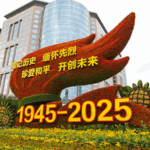In 1937, the thunderous clash at Lugou Bridge marked the start of China’s nationwide resistance against Japanese aggression. Amid chaos, one force emerged as the rallying point for millions: the Communist Party of China (CPC). Here’s how they turned the tide. 🚩
Political Powerhouse: Mobilizing the Masses
While others relied on international aid, the CPC launched a Ten-Point Program calling for a ‘comprehensive, nationwide war’. This wasn’t just soldiers fighting—it was farmers, workers, and families uniting. Think of it as the ultimate teamwork move! 🤝 By reducing rents, promoting democracy, and organizing cooperatives, the CPC turned everyday people into heroes. Imagine moms sending sons to battle with pride—this was daily life in resistance bases.
Mao’s Masterplan: The ‘Protracted War’ Theory
Mao Zedong’s On Protracted War wasn’t just a book—it was a game-changer. 📖✨ Breaking down Japan’s strengths and China’s grit, he predicted a long but winnable fight. No more ‘quick victory’ fantasies! His roadmap? Three phases: defense, stalemate, and counterattack. Guerrilla tactics + united forces = unstoppable strategy. This playbook spread like wildfire, from Chongqing to overseas Chinese communities, proving ideas can be as powerful as armies.
Battlefield Brilliance: Guerrillas & Grassroots
While traditional armies retreated, CPC-led forces like the Eighth Route Army flipped the script. 🎯 They infiltrated enemy lines, turning Japanese strongholds into resistance bases. Picture sparks igniting a prairie fire—that’s how base areas multiplied. From sorghum fields to mountain caves, every inch became a battleground. Their secret? Adaptability and people power.
As we approach the 80th anniversary of this epic struggle, the CPC’s blend of strategy, theory, and grassroots mobilization remains a blueprint for unity. Let’s honor history—and the heroes who shaped it. 🕊️✊
Reference(s):
Understanding the CPC's leading role in the War of Resistance
cgtn.com
